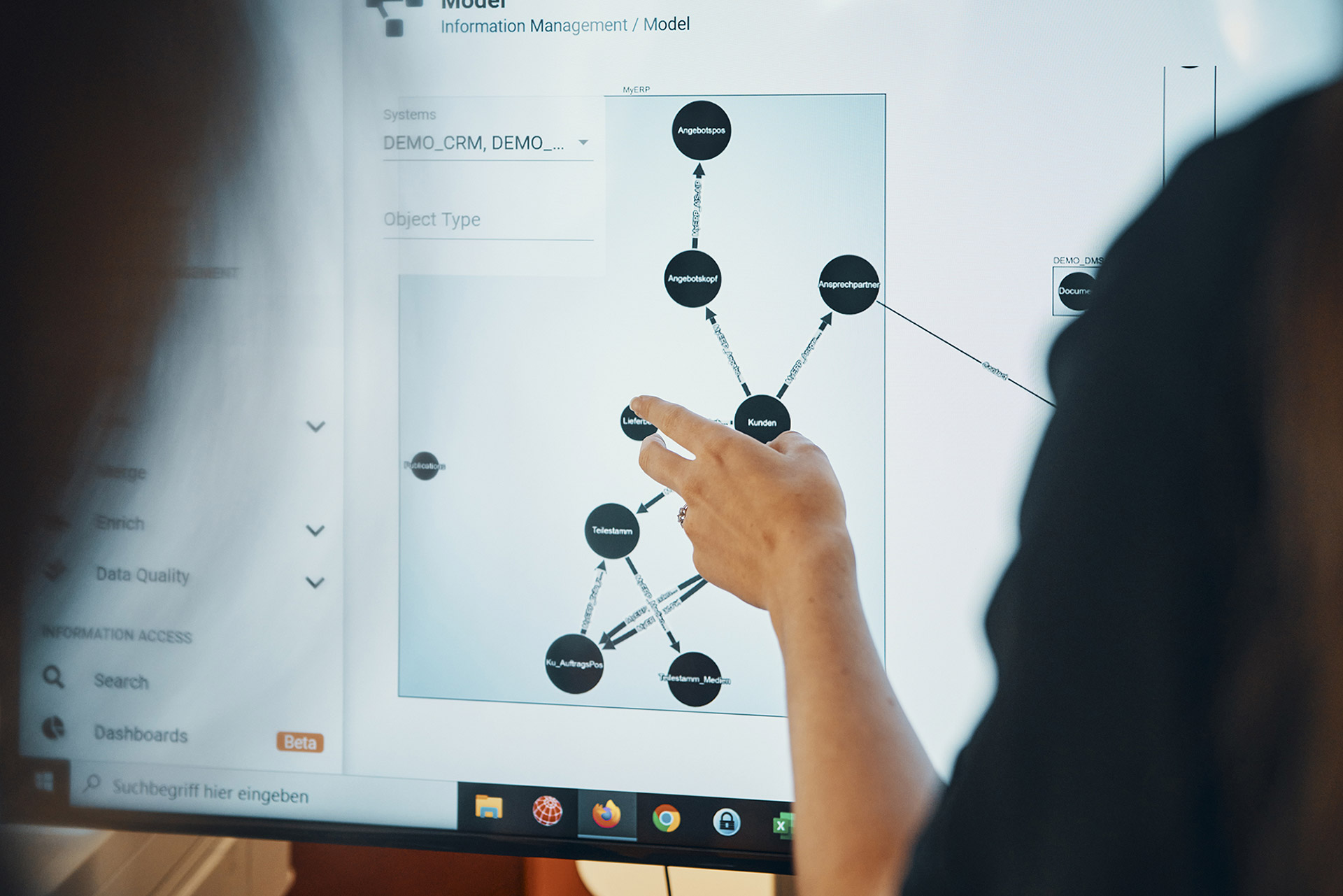A digital twin proves to be extremely useful when it is not possible to carry out maintenance or adjustments to machines on site. Companies with several locations also benefit from digital models to carry out simulations remotely or to adjust the settings of the respective systems. The maintenance and repair of large production facilities can be very time-consuming and costly. Digital twins can help to predict system failures and initiate automatic repair processes before damage occurs.
Digital object twins also prove to be extremely useful in relation to prototypes. By using a digital model, engineers can, for example, adapt and optimize vehicles as often as they like without having to produce a real prototype each time.
Continuous optimization over the entire life cycle is also made possible by the digital representation of a physical object. The digital twin supports the adaptation of prototypes and production processes to signs of wear and tear, user requests, customer complaints or new requirements over a long period of time.
Sherlock is a data integration and information platform that makes the complexity of data manageable. By networking data from different departments, platforms and source systems, Sherlock makes it possible for all employees involved to access this data both within the company and remotely via an app. Sherlock collects, links and provides all relevant data and information on machines, processes and people in such a way that it can be used seamlessly by digital twin applications. Sherlock thus forms the basis for the digital twin.
An exciting use case about an international plant manufacturer that uses Sherlock to optimize internal processes and reduce the commissioning of its plants from three weeks to one week.
Find out how the digital twin has enabled the plant manufacturer with the help of 3D twins and augmented reality to increase e.g. the efficiency of the plant, prevent failures and carry out proactive maintenance. Success Story Digital Twin



